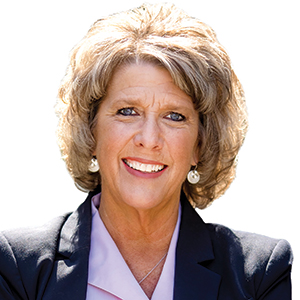It’s not uncommon to catch a small glimpse of those struggling with homelessness in Cleveland. Whether you’re on your way to work, enjoying some time downtown on a weekend, or simply driving around the city, you’ve probably seen individuals on benches or in tent encampments along the highway. These encounters barely scratch the surface of homelessness, a complex issue that is more than meets the eye.
According to the 2022 U.S. Census Bureau, the city of Cleveland still ranks second worst in its overall poverty rate, child poverty rate and working-age poverty rate. National Low Income Housing Coalition data show that a Greater Cleveland resident would need an hourly wage of $21.31 to afford a two-bedroom apartment at Fair Market Rent — twice the current minimum wage in Ohio. Last year, The City Mission received calls from 6,065 women and children seeking shelter. There are countless underlying causes of homelessness, including eviction, domestic abuse, lack of affordable housing, job loss, addiction, generational poverty, mental/physical health issues and more. For 114 years, The City Mission has grown and adapted with the city to provide relief for those struggling with homelessness.
In 1910, church and city leaders came together to address growing poverty following the Industrial Revolution. A collection was taken and The Mission opened the next day in an abandoned saloon on Superior Avenue. Early on, the Mission provided free baths, clothing, and food baskets to those in need. By 1952, the Mission opened its first men’s dorm and medical clinic, while offering church services, jail and youth outreach, classes for mothers and children, and on-site meals.
As the needs of Clevelanders changed, The City Mission adapted. In 1966, the Mission opened Grand Valley Campground, which hosted activities for youth during the summers. When the number of unhoused women and children began growing, the Mission opened Cleveland’s first women’s shelter, Angeline Christian Home, in 1981. In 1994, the Mission moved to its current location on Carnegie Avenue, with larger men’s dorms, administrative space, transitional housing for men and classrooms for on-site caseworkers to meet with residents. As the needs of women and children grew, Angeline Christian Home closed and was replaced by Laura’s Home Women’s Crisis Center, which has served over 15,000 women and children since its opening in 2003. The 2007 economic crisis inspired staff to expand core programs, emphasizing workforce development and other skills needed to achieve stability. The COVID-19 pandemic challenged the Mission to continue providing high-quality programs while keeping residents safe and healthy in an ever-changing world. In the last three years, The City Mission has added 10,000 square feet to Laura’s Home and is currently constructing 16 units of transitional housing.
The Mission continues to support the city of Cleveland, but it has never been able to conquer homelessness alone. Like many other nonprofits, The City Mission is heavily supported by its donors and volunteers, who have helped through monetary donations, in-kind gifts, volunteering and event attendance. These opportunities benefit the Mission and provide ways for Clevelanders to stay in touch with their city. Volunteering bolsters collaboration, advances business and employee engagement, and develops skills and work experience. If you would like to become part of the historic fabric of The City Mission, there are many ways to lend a helping hand.
Over the past 20 years, Linda Uveges has served in a variety of roles at The City Mission, becoming CEO in 2021.

